Deep Water Culture or DWC aquaponics is a modern variation of one of the most ancient forms of hydroponics or aquaponics. DWC systems are set up similarly the way that ancient civilizations like the Aztecs and the earliest Asian cultures farmed. Not only have they been proven effective by this long history, but deep water culture also offers many benefits. This style of aquaponics setup is fairly low maintenance, is ideal for fast-growth plants like lettuce and leafy greens, and can be scaled to almost any size easily. With an understanding of how a deep water culture system is designed, what the basic components are, and a few tips you can be well on your way to starting one of the easiest and most efficient styles of aquaponic systems.
The Deep Water Culture System
DWC setups share similarities with other typical aquaponics systems, including the need for routine monitoring to ensure the health of the fish, plants, and bacteria. Cycling is also required when starting a deep water culture system to establish the bacteria colony. Although it shares these similarities, deep water culture aquaponics has many differences from other setups. In this style of system, the plant roots are submerged or mostly submerged all the time. There is no need to drain the water from the grow beds, and additional nutrients are added by water circulation rather than draining and flooding. In many cases, a grow media is not necessary, although your system can be designed to use a light-weight media. Net pots are more popular with DWC, offering stability to the plants without requiring an added grow media.
Two primary types of deep water culture are frequently employed, although there are plenty of design variations you can use. The most common options are those that use floats over a tank and those that use canal systems. The simplest version is the tank float variety. This requires the fewest total components and can be used with natural water sources like ponds, indoor or outdoor tanks, and even aquariums. The system consists of floating grow beds on top of the fish habitat and some means of aeration. A canal system is only slightly more complicated. With this style, the fish tank is separated from the floating grow beds and water is pumped from the fish tank into one or more canals where the plant beds float. This method is somewhat superior, in that water is circulated more efficiently.
Regardless of which DWC design you prefer, all deep water systems use some or most of the following basic components:
• Fish Tank – The habitat for the fish can be as large or as small as you prefer. This is the holding tank for the majority of the water in the system and is the home for the fish. It also acts as the collection reservoir for the fish waste
• Biofilter – The biofilter is the home to the nitrification process. This is where the beneficial bacteria turn the fish waste into usable, nutrient-rich food for the plants.
• Filters – This is used to capture solid waste, plant material, and anything else that might find its way into the system. Swirl filters or other filter methods might be used as well, including screens or reverse osmosis filters.
• Water Pump – In a canal system, the water pump is used to force water from the fish tank, thorough the filters, and into the canals. Pumps are also used for recirculating deep water culture systems. This keeps the water moving. The size and strength of the pump will depend on the size of the tank.
• Aeration Method – In any style of system, adding more oxygen to the water is essential. Dissolved oxygen is important for the health and growth of both the fish and the plants. Air pumps, diffusers, air stones, or other methods might be used.
• Canals – In canal system, the canals are pipes or troughs used to hold the water pumped from the fish tank and the grow beds for the plants. Multiple troughs can be added to the system, allowing more room for the growth of the plants.
• Floating Grow Beds – This is the habitat for the plants. Floating beds are generally constructed from foam or a lightweight material lined with foam. Plants are housed in holes in the bed, allowing their roots to dangle into the water. Net pots are often employed for added stability and to prevent the plants from falling through.
Deep Water Culture Tips
With some simple tips, deep water culture aquaponics can be highly productive. First, remember that aeration is key. The water needs air added either with pumps or air stones or some method that helps increased the dissolved oxygen content. This should be maintained on a regular basis to make sure your plants and fish have plenty of oxygen to increase their growth. Additionally, test your water regularly to confirm the pH level is within an appropriate range, the water temperature stays steady, and the nitrification process is operating at an optimal level. If you’re using a canal or recirculating deep water culture system, regularly check the pumps and any piping for proper function and remove any material from the filters that might result in a clog or blockage. Finally, use plants and fish that are easy to care for, grow quickly, and are disease resistant. This will ensure a maximum yield from your system.
The simple design, ease of maintenance, and scalability of a deep water culture system make it an ideal setup for beginners and experienced growers. By employing a few deep water culture tips, you can get your system working at a peak level in a very short time. This leads to a quicker turnaround on your plants and fish, meaning more yield in less time.

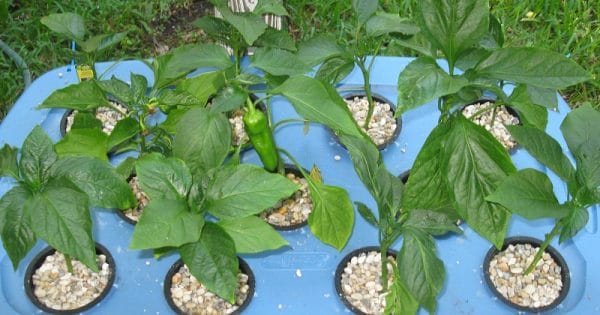




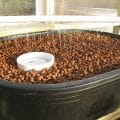


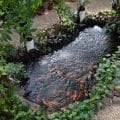
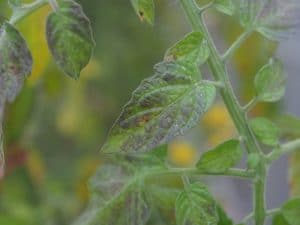

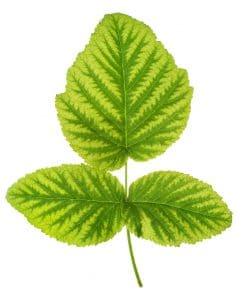
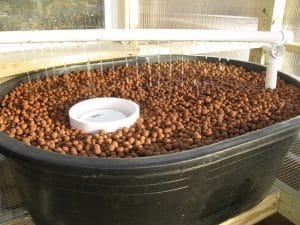
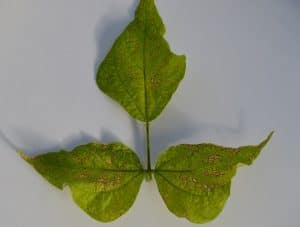
[…] on the above a water culture system is probably a good place to start. Most of us can build something like this and you might already […]